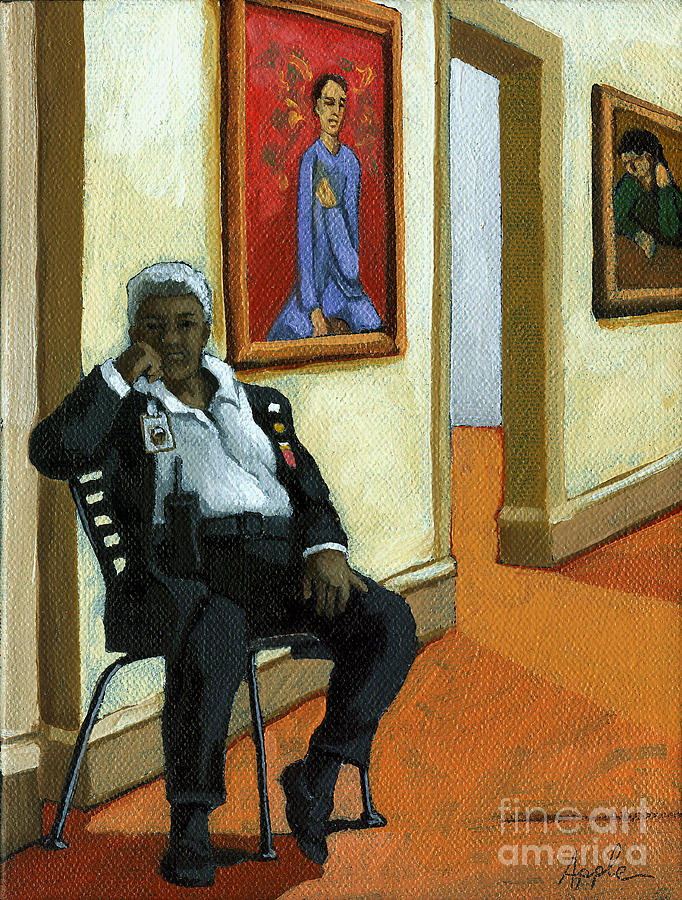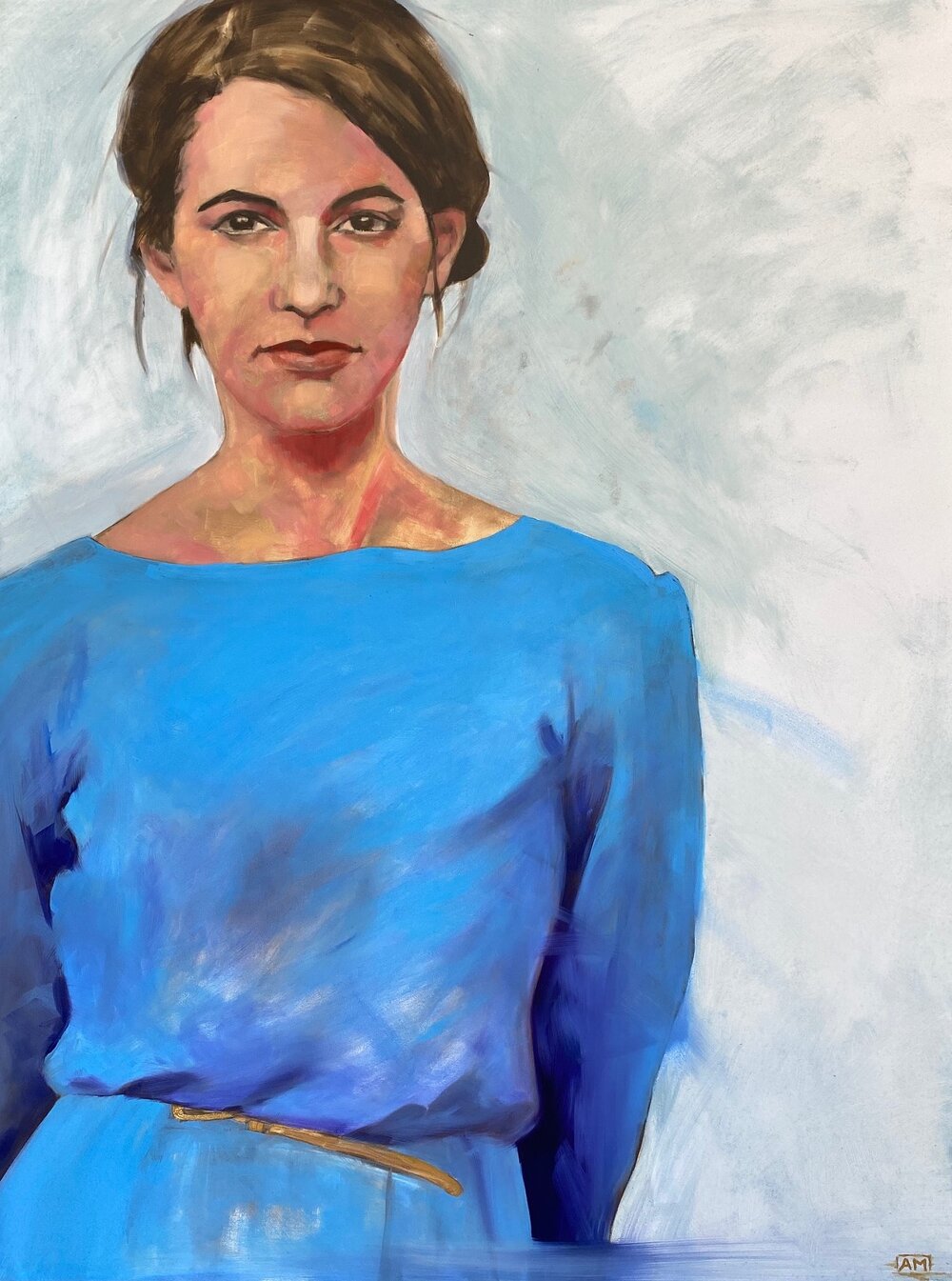Exploring Iconic Artists and Their Impacts on Figurative Oil Painting
Exploring Iconic Artists and Their Impacts on Figurative Oil Painting
Blog Article
The Advancement of Figurative Oil Paint: Recognizing Its Historical Significance and Modern Interpretations
The development of figurative oil paint works as an engaging lens whereby to check out the interplay between creative expression and historic context. From the thorough naturalism of the Renaissance to the emotive power of the Baroque, each age has added layers of definition and method to this timeless medium. Contemporary artists, attracting from this rich heritage, are currently reinterpreting the human figure in ways that challenge traditional stories. As we discover these improvements, one have to take into consideration just how the discussion between previous and present informs not just artistic practice however additionally social reflections in an increasingly complex world.
Beginnings of Figurative Oil Paint
The origins of metaphorical oil painting can be traced back to the very early Renaissance in Europe, especially in the 15th century. The growth of oil paint permitted for greater deepness of shade and information, boosting the realism and vibrancy of their work.

In this transformative era, figures were frequently portrayed within contextually rich settings, showcasing not just their physical features however likewise their mental states. Leaders such as Jan van Eyck and Titian utilized the tool's versatility, using layering strategies to achieve brightness and texture. This innovation helped with the portrayal of elaborate materials and the subtleties of complexion, adding to the growth of portraiture and narrative scenes.
Additionally, the Renaissance focus on humanism promoted a gratitude for individualism, which subsequently influenced musicians to produce even more relatable and vibrant numbers - figurative oil painting. Therefore, figurative oil painting became a powerful car for storytelling and emotional interaction, laying the foundation for future artistic movements and styles
Trick Historical Movements
Considerable historic movements have shaped the advancement of metaphorical oil painting, each contributing distinct viewpoints and methods that broadened the tool's possibilities. The Renaissance noted a zero hour, emphasizing realism and the human form, with artists like Leonardo da Vinci and Michelangelo pushing the boundaries of anatomical accuracy and point of view. Following this, the Baroque age brought remarkable contrasts of light and shadow, exhibited by Caravaggio, who instilled spiritual styles with intense emotionality.
The 19th century introduced Romanticism and Realistic look, where musicians such as Delacroix and Courbet challenged classic suitables, concentrating on specific expression and day-to-day life. The development of Impressionism better revolutionized the medium by emphasizing the results of light and color, resulting in a separation from standard representation.
In the very early 20th century, movements like Expressionism and Cubism redefined metaphorical painting through abstraction and the exploration of psychological depth. Each of these movements not only showed the social adjustments of their times yet likewise laid the groundwork for modern interpretations. The interaction between these historical movements has created an abundant tapestry of designs and philosophies, influencing modern artists in their quest of recording the human experience on canvas.
Methods and Products Development

Throughout the Baroque period, methods such as chiaroscuro and sfumato emerged, boosting the emotional vibration of metaphorical make-ups. Artists began to experiment with lusters and impasto, manipulating structure and luminosity. By the 19th century, technologies like using pre-mixed paints in tubes reinvented access, allowing musicians to repaint en plein air and catch the fleeting results of light.
The 20th century saw the introduction of synthetic pigments and mediums, which increased the scheme and changed the uniformity of oil paints. The exploration of brand-new application strategies, such as combination blades and brushes of differing stiffness, more diversified artistic expression. Collectively, these advancements show the progressing partnership between materials, strategies, and the artistic vision fundamental in figurative oil paint.

Contemporary Analyses
Contemporary analyses of figurative oil paint reflect a vibrant dialogue between tradition and advancement, where artists test established standards and check out varied themes. This advancement manifests in numerous ways, as modern musicians blend timeless techniques with modern ideas, frequently resolving social, political, and individual stories.
Several specialists draw motivation from historical jobs, yet they instill their items with modern point of views, utilizing the human kind as a vehicle for commentary on society, identity, and gender. Artists significantly experiment with abstraction, distortion, and combined media, which enables a broader analysis of the figure and its context.
In addition, using vivid color combinations and unique structures commonly offers to disrupt traditional watching experiences, provoking crucial involvement from target markets. This shift in focus extends past visual appeals; it shows a growing understanding of the complexities of human experience in an interconnected world.
As metaphorical oil painting continues to evolve, it continues to be a vital tool for discovering the nuances of modern life, symbolizing both a regard for heritage and a commitment to dynamic thought. The result is an abundant tapestry of expression that resonates with the complexities of the modern human problem.
Effect On Modern Art
The effect of figurative oil painting on contemporary art is extensive, as it has consistently influenced a myriad of imaginative movements and methods throughout the 21st and 20th her response centuries. From Expressionism to Surrealism and beyond, the expedition of the human figure has continued to be a main theme, allowing artists to share intricate feelings and stories. This focus on metaphorical depiction has actually caused a re-examination of traditional techniques, resulting in cutting-edge approaches that blend realistic look with abstraction.
Moreover, modern artists have embraced figurative oil paint as a way to attend to political and social concerns, utilizing the medium to challenge understandings of society, identification, and gender. The renewal of rate of interest in metaphorical job in current years reflects a wishing for link in a significantly digital world, where human experience and feeling are critical.
Furthermore, the dialogue between figurative oil painting and modern art appears in the works of musicians such as Kehinde Wiley and Jenny Saville, that draw on historic references while infusing their pieces with modern importance. Eventually, metaphorical oil painting remains to form and redefine modern artistic expression, highlighting its long-lasting relevance in the art globe.
Conclusion
The evolution of figurative oil paint underscores its historical value and flexibility throughout numerous artistic activities. From the naturalism of the Renaissance to the emotive expressions of the Baroque and the innovative techniques of modernity, this medium has continuously transformed. Contemporary analyses show dynamic shades and unique make-ups, fostering critical interaction with political and social themes. Inevitably, metaphorical oil paint remains a vital tool for exploring the human experience, resonating exceptionally in today's electronic landscape.
The advancement of figurative oil painting serves as a compelling lens via which to take a look at the interplay between artistic expression and historical context.Significant historical activities have look at this web-site actually formed the development of metaphorical oil painting, each adding special approaches and methods that increased the medium's possibilities.As historic activities formed the trajectory of figurative oil painting, the products and strategies employed by musicians have actually additionally undergone considerable makeovers. figurative oil painting.The effect of metaphorical oil paint on contemporary art is extensive, as it has continually inspired a myriad of artistic motions and techniques throughout the 20th and 21st centuries.The advancement of figurative oil painting emphasizes its historic value and versatility throughout numerous imaginative motions
Report this page